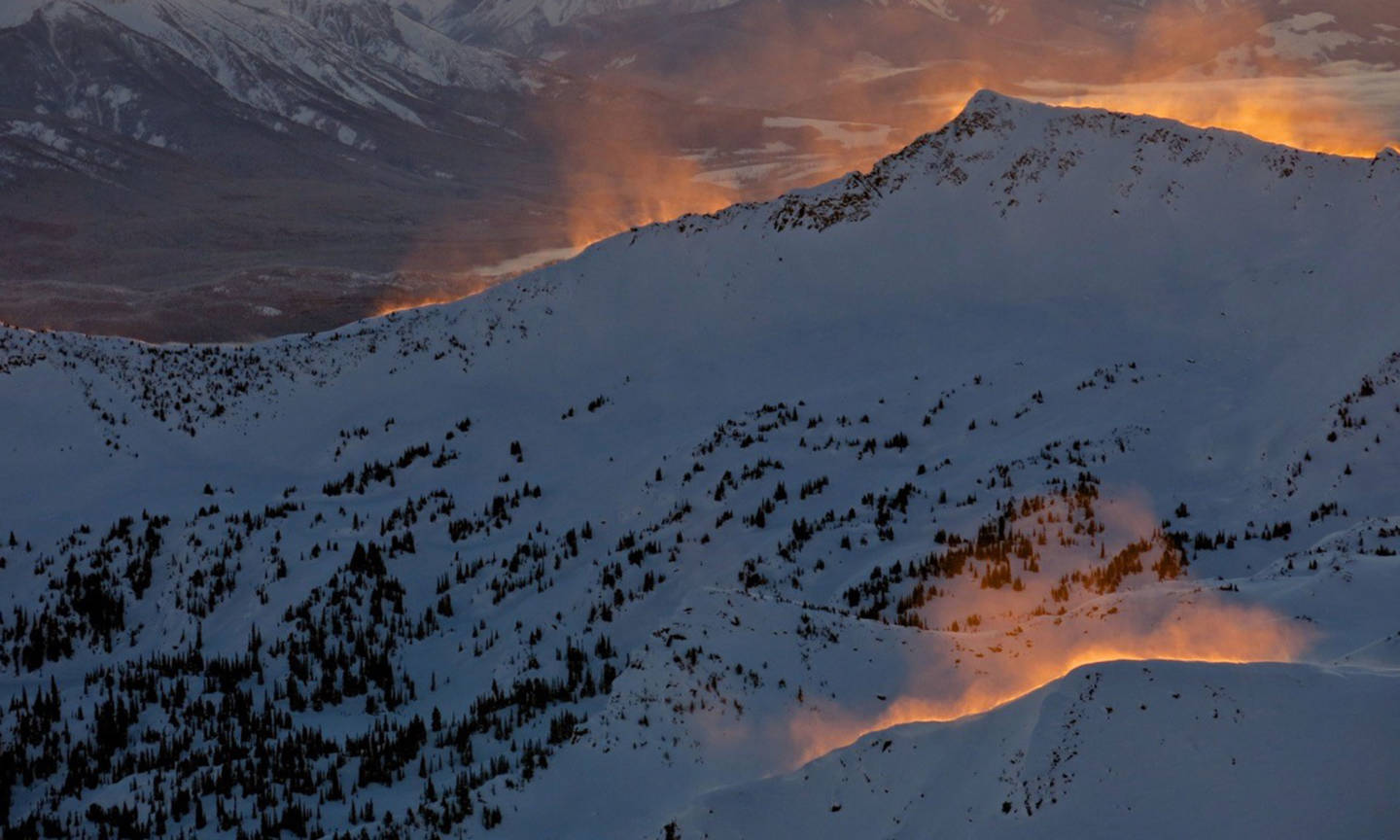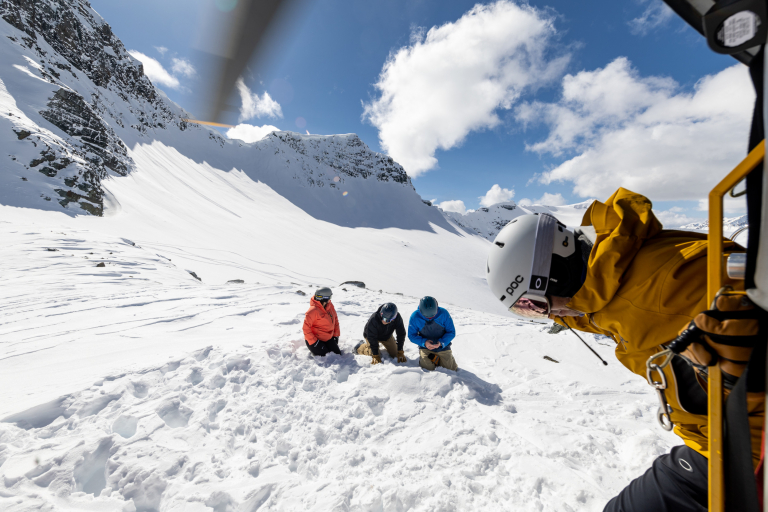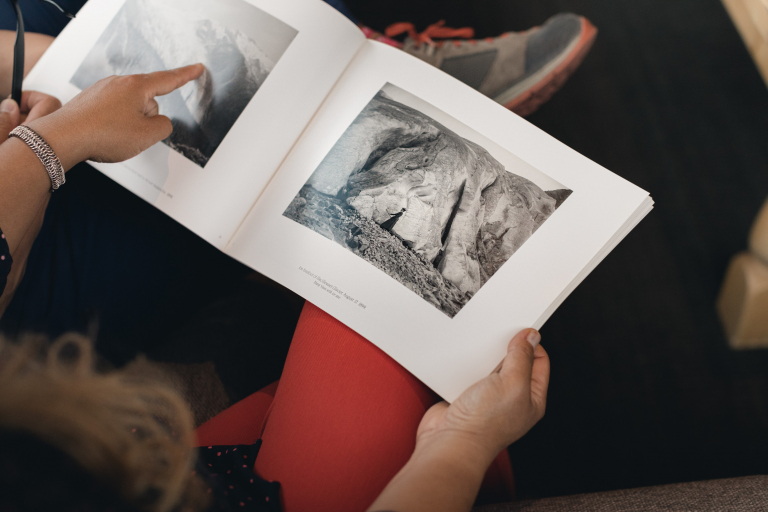This blog post originally appeared on helicat.org
For the mountain community writ large, using the terms ‘helicopter/snowcat skiing’ and ‘sustainability’ in the same sentence may be considered hypocrisy, an incongruity of the worst kind. However, from the birth of heli-skiing in the early 1960s, Hans Gmoser – father of this globally unique adventure tourism experience and the founder of CMH – installed a respect for nature in everyone with whom he skied and climbed. And from early days, he practiced what he preached. However, he frequently noted that few people go to the mountains without burning any fossil fuels.
In 1968, Gmoser predicted the need for regulations in wild areas during a speech to a Calgary service club. He was the first in our sector to utilize wildlife operating procedures for ski guides and pilots, and in 1971, he first lobbied the British Columbia government to establish industry operating standards so the resource on which his business was based would remain intact for generations to come.
A single footprint is a big impact … if you happen to be the flower that gets stepped on.
Hans Gmoser
When I joined CMH in 1997, Hans described to me our moral and ethical responsibility to take care of the special places we share with our guests. That’s as true today as it was when he began 60 years ago. In thinking about our sector’s evolution, I always reflect on Hans’ leadership and appreciate that his principles are a critical foundation for all we do today.
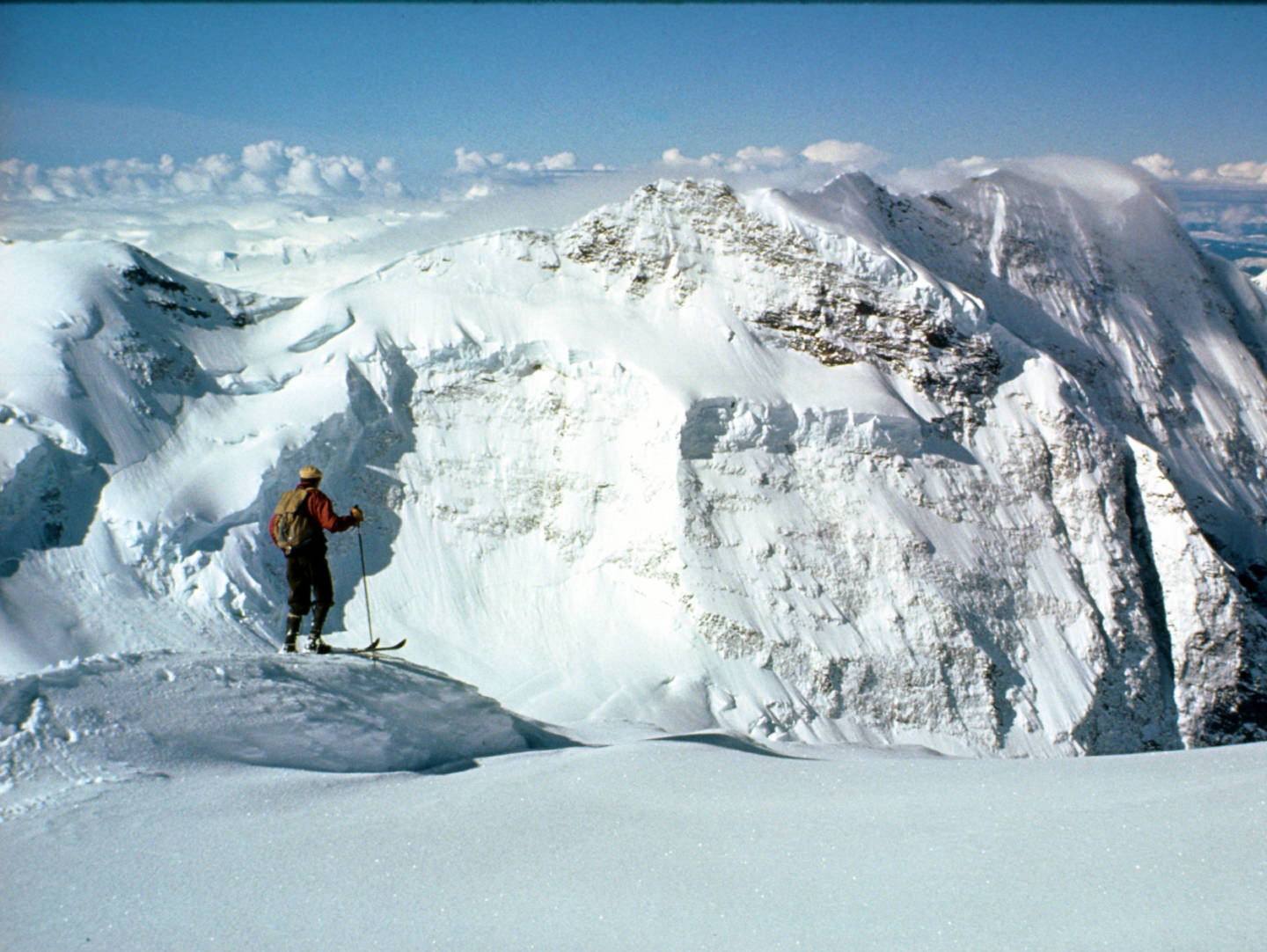
A decisive moment occurred in 2003, when our association developed and approved its first best practice document for stewardship in mountain ecosystems. It moved us from an unwritten but longstanding commitment to stewardship, where guides and pilots acted as silent monitors and caretakers of the backcountry, to something more formal, more sophisticated, more overt. That document covers wildlife and vegetation, water quality and waste management, fuel handling and storage, forest management and energy innovation. By offering best practices for social and economic sustainability, however, it goes further, reflecting the growing global focus on all three sustainability pillars.
By 2007, three years after Canada’s Species at Risk Act came into effect, our sector had already negotiated a Memorandum of Understanding with the Province of BC that laid out clear expectations for how we should operate in mountain caribou habitat. That work continues to this day and has expanded to include operating procedures in BC’s innovative “Tourism Wildlife Guidelines” for mountain goats, grizzly bears, wolverines, and other key species found in our tenured operating areas. Many helicopter and snowcat operations use sophisticated protocols for addressing the needs of wildlife, all designed to prevent their displacement from the habitats in which they choose to spend time. Guides and pilots and snowcat drivers use habitat maps, previous sightings, current sightings, and even real-time location data from collared animals to make decisions hourly and daily. The thousands of observations we generate each year are not only used to improve our practices, but they feed into a range of illuminating analyses and research projects.
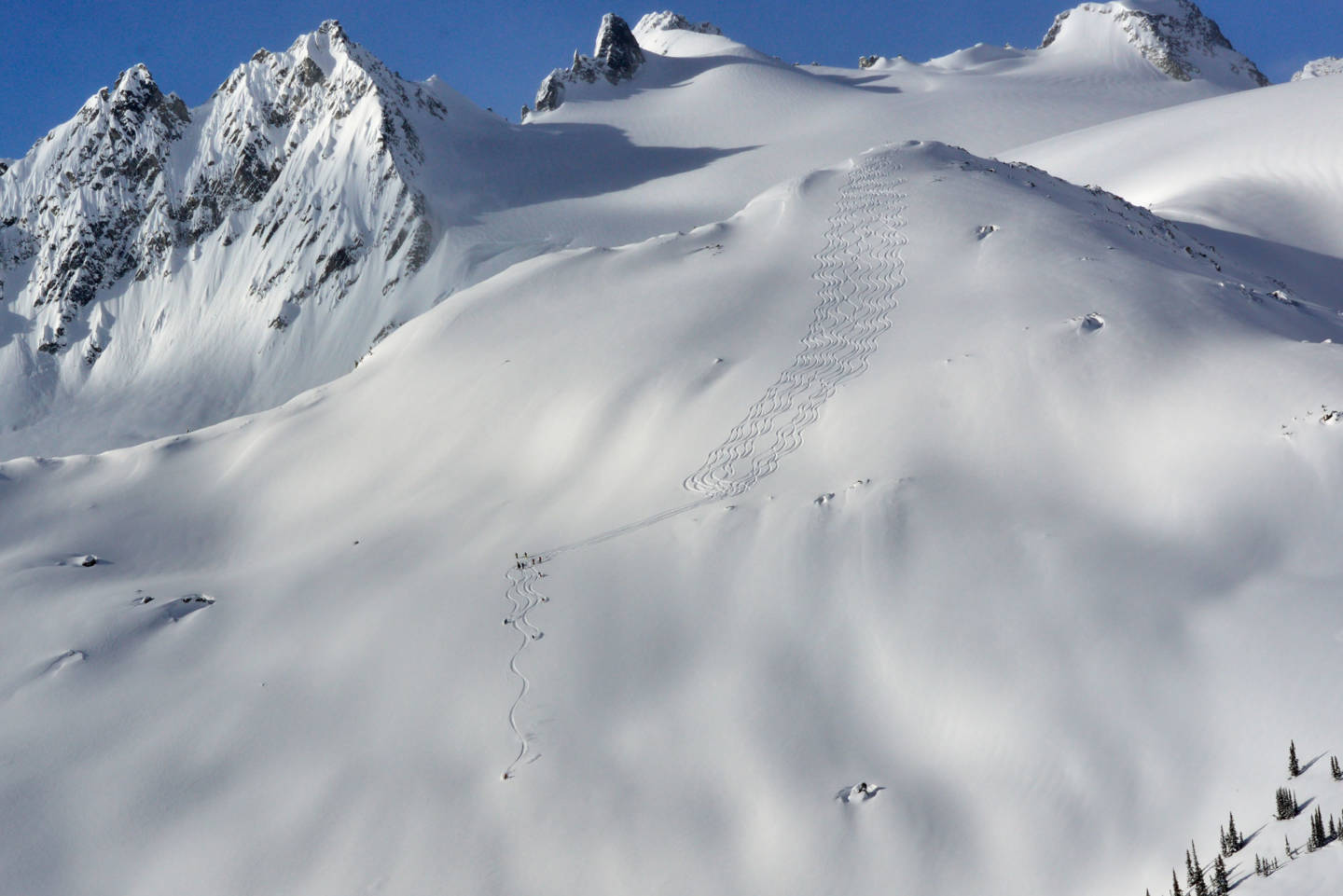
Speaking of research projects, our recent creation of the Wildlife and Environmental Research Fund is another major step forward. The WERF is a guest-funded initiative that invests in research projects designed to drive constant improvement and innovation. Guests donate $5 for every day of skiing; those funds are used to generate ethical, valid, independent and evidence-based knowledge through the work of Indigenous governments and organizations; federal, provincial and municipal governments; or universities and colleges.
Clearly, energy consumption, fossil fuels and climate change are critical issues that challenge every aspect of society today, including tourism businesses and destinations. Numerous HCC companies now tackle this head-on with carbon foot-printing, a focus on energy efficiency, and in some cases, carbon offsetting – either offsetting the direct impacts of company operations or at the very least, allowing guests to voluntarily offset their trips. In fact, one project funded by the WERF is a sector guide to carbon offsetting and offset programs. However, there is much more to be done as our climate challenges worsen.
In the context of sustainability, it’s fair to say that our sector exhibits a mystifying duality. Some might say it’s an enigma wrapped in apparently conflicted obsessions.
On the one hand, we’re passionate about taking people into the mountains, building in our guests a profound respect and appreciation for very special places. We love to ski and hike and climb with them, and to watch as they begin to understand what the mountains have to offer. We care deeply about the places where we live, work and play, and want them to remain intact and healthy for future generations.
On the other hand, we share these places by taking people there in helicopters and snowcats. We burn fossil fuels, and we build lodges, remote fuel caches and radio repeaters. We have an impact, whether we like it or not.
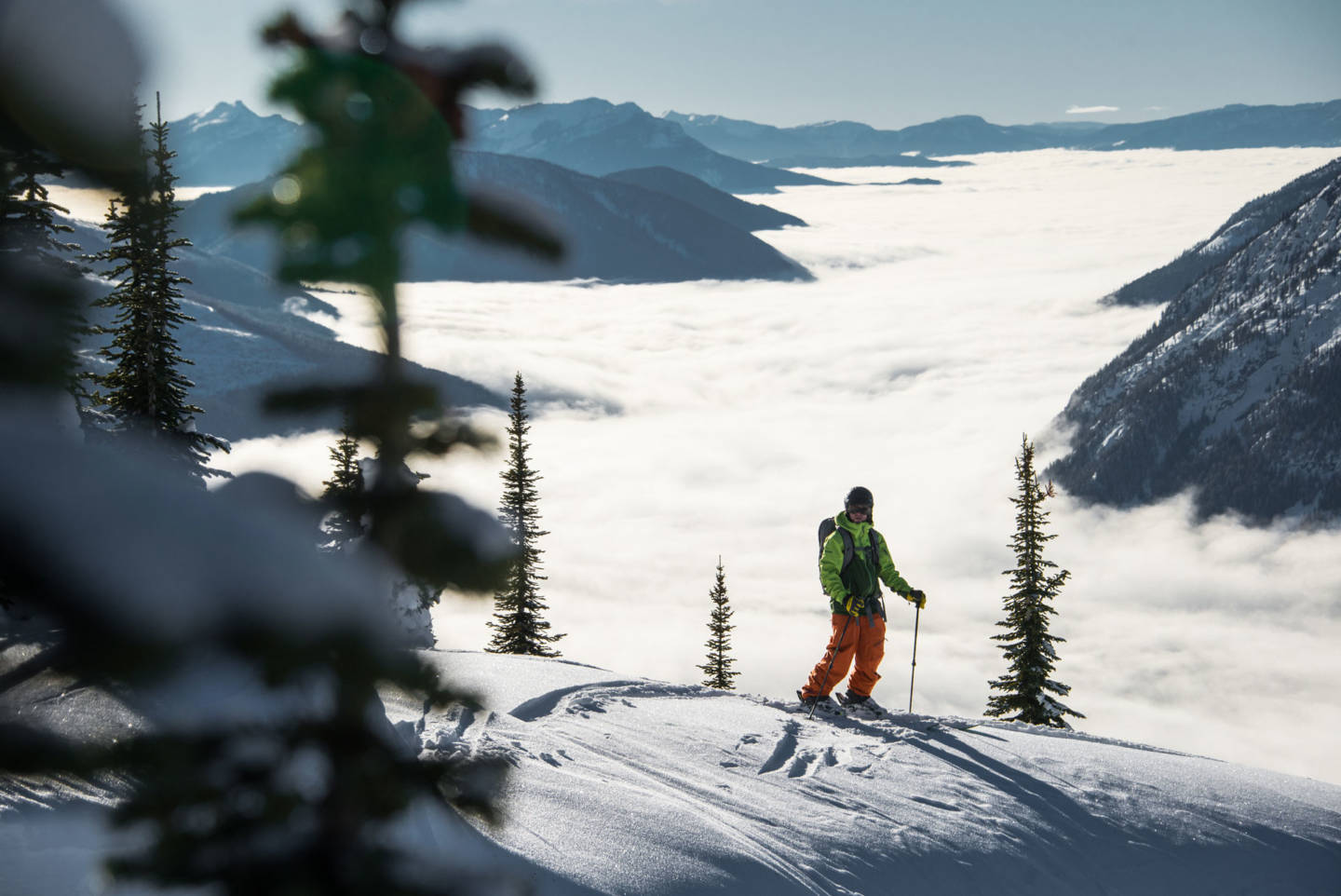
However, I don’t see sharing and protecting as competing obsessions. Like many things in life, it’s not an either/or choice. In fact, I believe we — as a sector and as individual businesses — can (and do) show society how a business sector can successfully do both things – share the mountains with people, and at the same time, maintain them for the future. This is not green-washing or corporate enviro- speak; ours is a sincere commitment that began with Hans Gmoser’s original sense of moral and ethical responsibility. Increasingly, that commitment is heavily influenced by our growing relationships with our indigenous friends and neighbours, in whose traditional territories we are privileged to operate.
Ultimately, it’s all about stewardship.
We’re not perfect, and we operate in a world that’s changing rapidly. By recognizing we’re part of the problem, we commit to being part of the solution. And by working with our friends and our critics, and by remaining humble, respectful and awe-struck, we continue to evolve from what was – and still is – a simple passion for the mountains, to a sophisticated and constantly improving commitment to sharing them and sustaining them for the future.
I am extremely proud of how far we’ve come.
I hope Hans would be too.
Most importantly, I’m confident in our future … and in the stewardship role we will play for many generations.
We gently intrude, with respect and awe, into the sanctity of these marvellous places, partaking with deep appreciation of what they offer to those who come to enjoy them in humble moderation and understanding.
Hans Gmoser

Dave Butler is the Director of Sustainability at CMH Heli-Skiing and Summer Adventures. He’s a professional forester, professional biologist, published novelist, and a Fellow of the Royal Canadian Geographical Society.
Learn more about our commitment to the environment, our communities and our people >

